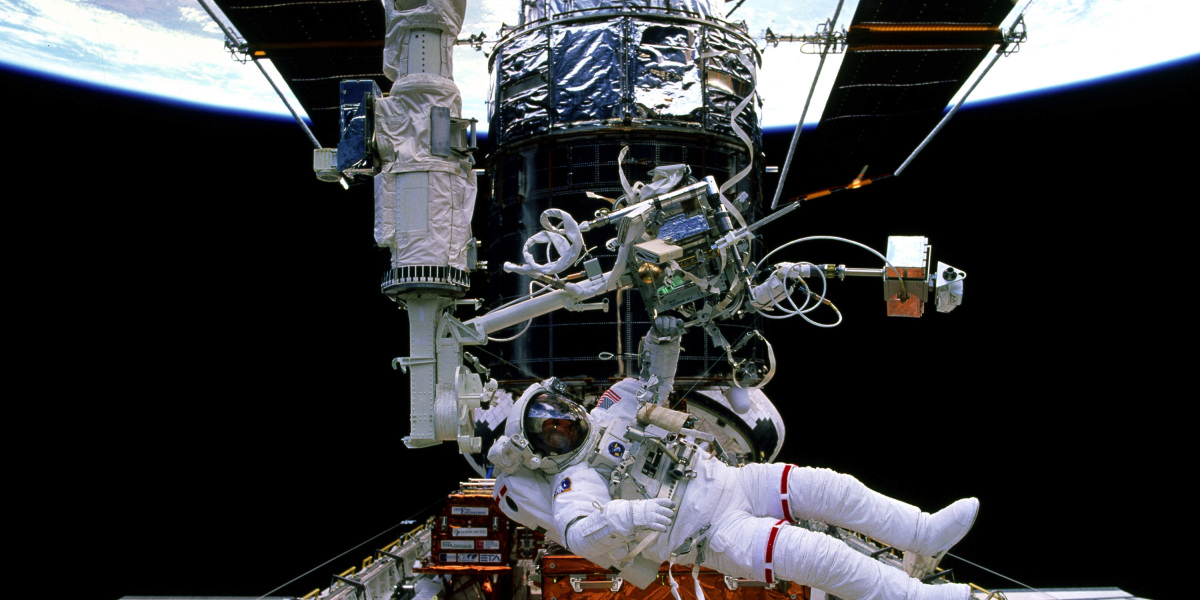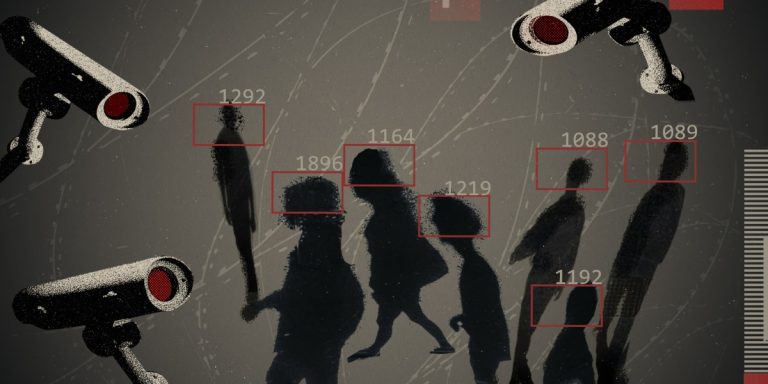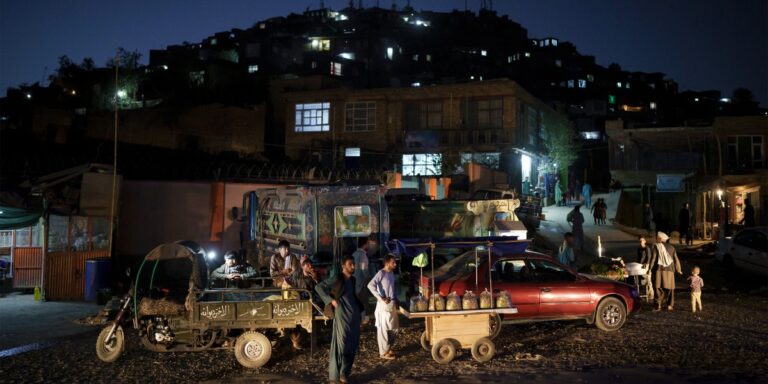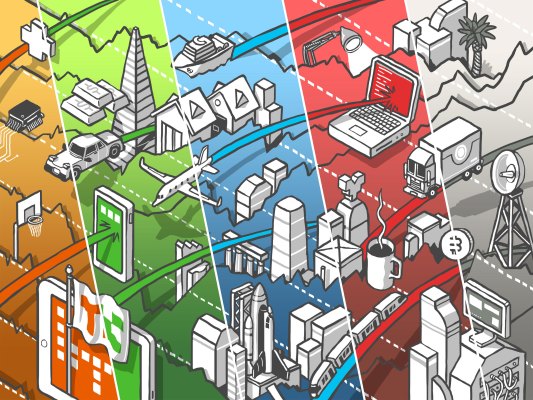
Hubble’s aging hardware was last serviced directly in 2009 by space shuttle astronauts, and engineers estimated back then that it would last until around 2016. “After a few years in flight with all the refurbishes, engineers reevaluated the survivability and reliability of the instruments and started pushing everything much further out,” says Tom Brown, the head of the Hubble Space Telescope mission office at the Space Telescope Science Institute in Baltimore. “The most recent estimates say that there’s an excellent chance we’re going to be doing science like we do today until at least 2026, and perhaps the whole decade. It’s looking pretty good right now.”
Hubble has been used in practically every kind of astronomy investigation: studying planets and moons in our own solar system; peering at distant stars, galaxies, supernovas, nebulas, and other astrophysical phenomena; studying the origins and expansion of the universe.
Its work in exoplanet science in the last decade has been especially surprising, considering that when the telescope was launched in 1990, we were still five years away from detecting the first exoplanet orbiting a sun-like star. Hubble isn’t useful for actually finding exoplanets but, rather, for follow-up observations that can characterize planets and their atmospheres once they’re found. When the James Webb Space Telescope launches later this year, the two observatories combined might finally help scientists identify an Earth-like world that’s truly hospitable to life.
The JWST is often promoted as Hubble’s successor, but that isn’t quite right. Hubble can observe the universe in visible and ultraviolet wavelengths, while JWST’s focus is on infrared observations, which help us study early-universe objects and characterize the chemistry on other worlds. Being situated in space, Hubble doesn’t have to worry about inference caused by Earth’s atmosphere, which is especially detrimental to ultraviolet observations (the ozone layer blocks out most UV radiation).
This is also critical when we need eyes to study poorly understood phenomena. Take the 2017 detection of gravitational waves produced by the collision of two neutron stars. Hubble was able to observe the event’s aftermath, providing data outside the infrared spectrum that was used to define the shape and evolution of the merger in crisper detail.
Four major scientific instruments are currently active onboard Hubble, so even if one or two things stop working, there is still a ton of major science the rest of the observatory can do. The telescope is also built with a lot of redundancy, so single hardware and software failures don’t necessarily stop individual instruments from working.
That being said, there are no plans for a new service mission. If there’s a catastrophic failure that takes Hubble entirely offline, it’s hard to see NASA greenlighting a repair mission for an observatory that’s over three decades old.
So what replaces Hubble when it’s finally ready to retire? Brown says other nations have nascent plans to put other missions in orbit that could take up the visible and UV investigations currently run by Hubble. India’s Astrosat space telescope currently does UV observations from space, but with a much smaller aperture. China is looking to launch a space telescope called Xuntian in 2024, and state media says it will observe an area of space 300 times larger than Hubble can.
The true successor to Hubble might be NASA’s proposed Large Ultraviolet Optical Infrared Surveyor space telescope, or LUVOIR, a general-purpose observatory capable of observing in multiple wavelengths (including infrared, optical, and ultraviolet). But if funded, LUVOIR wouldn’t launch until 2039 at the earliest.
It’s possible Hubble will stay on until it can be truly replaced, but most astronomers are bracing for a big knowledge gap when it finally stops working. “Hubble is really the premier game for doing ultraviolet and optical astronomy,” says Brown. “So much of astronomy, especially when it comes to understanding temperature and chemistry in outer space, hinges on the information you can really get from it. I fear the space community is really going to feel the loss when Hubble stops working.”






